It’s unlikely that Lord Byron would recognise much about Le Corsaire. Beyond the characters’ names and the Ottoman location, there is little trace of the 1814 bestselling verse-novel on whose fame the ballet hitched a ride. Its plot is very silly indeed – a tale of abducted slave girls and piratical derring-do with added 19th-century ballet tropes of poisoned flowers and opium-induced dreams, not to mention a shipwreck in the final three minutes. It’s the kind of hokum it normally takes a big Russian company to bring off, but in this revival of Anna-Marie Holmes’s 2013 production English National Ballet meets the challenge with a swagger.
Bob Ringwood’s designs anchor the action in Arabian Nights territory, costumes flooding the stage with colour, the sets a painterly nod to British 1850s orientalism, sumptuous foregrounds framing misty vistas of minarets, or an inky blue Aegean. Less memorable is the orchestral score, a pot pourri of the work of 10 mostly very minor composers. But under the baton of Graham Sutherland it sets a cracking pace for the action. Plus it’s thrilling to hear such a full, unfettered blast from the pit. The brass section are having a field day.
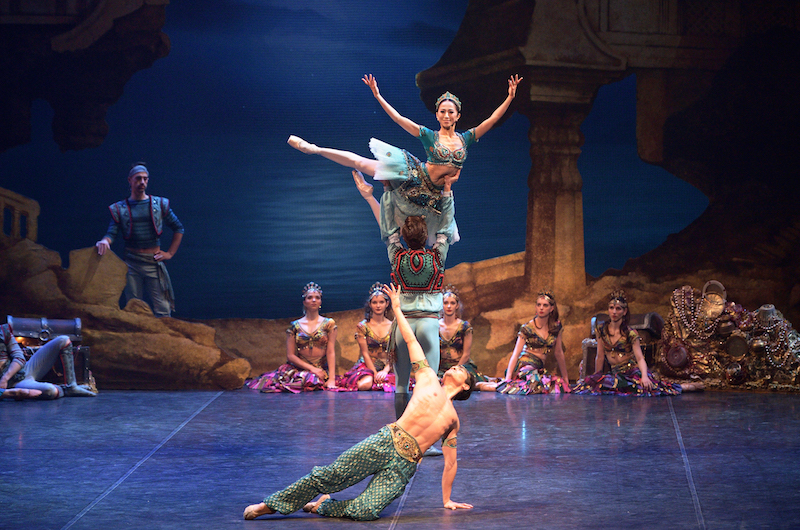 The major lure of Le Corsaire for a ballet company is the unusual number of flamboyant roles for men, and impressively ENB has imported only two of its soloists. Francesco Gabriele Frola from the National Ballet of Canada on first sight seems a rather lightweight Conrad – until you see him jump. Some of his elevations, from a standing start, with fancy add-ons, drew gasps on opening night. Brooklyn Mack, on loan from Washington Ballet, is dangerously elegant as the wicked slave trader Lankedem. His big numbers are all over by the first interval, but his shadow hangs over the remaining two acts as he lurks on the sidelines like a dealer in crystal meth. You’re aware at any moment that he might pounce again. And pounce he does.
The major lure of Le Corsaire for a ballet company is the unusual number of flamboyant roles for men, and impressively ENB has imported only two of its soloists. Francesco Gabriele Frola from the National Ballet of Canada on first sight seems a rather lightweight Conrad – until you see him jump. Some of his elevations, from a standing start, with fancy add-ons, drew gasps on opening night. Brooklyn Mack, on loan from Washington Ballet, is dangerously elegant as the wicked slave trader Lankedem. His big numbers are all over by the first interval, but his shadow hangs over the remaining two acts as he lurks on the sidelines like a dealer in crystal meth. You’re aware at any moment that he might pounce again. And pounce he does.
Even the leading man’s slave gets a chance to strut his stuff, and ENB's own Jeffrey Cirio as the humble Ali wins the biggest cheers of the night for his aerial fireworks, the explosive energy following through to the tips of his fingers. Erik Woolhouse (pictured below) is terrific too as Conrad’s treacherous pirate friend Birbanto, his lively face and economy of gesture our narrative guide through the crazy twists of the plot.
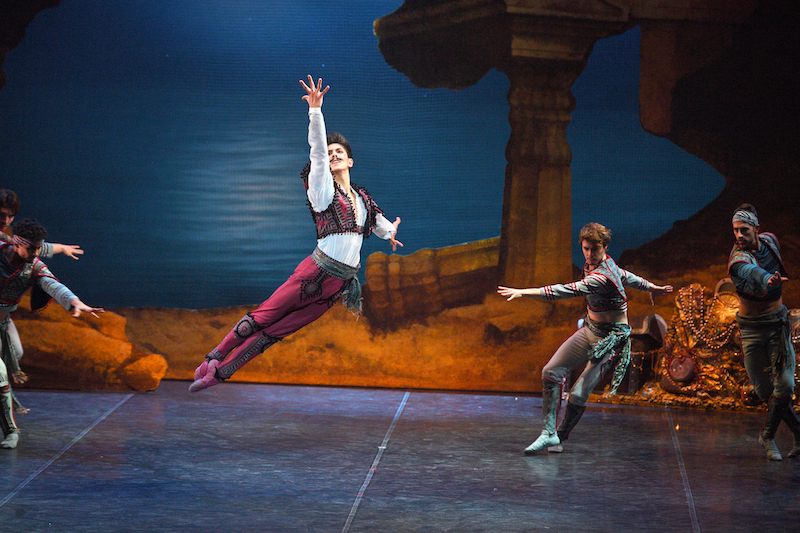 The choreography is almost as generous to the principal women. But there’s a delicate balance to be struck in the demeanor of Medora and Gulnare, harem favourites of the lascivious, fat, doddery old Pasha (Michael Coleman). Both have several lovely and alluring solos yet both so abhor their situation that any enthusiasm for dancing them would look all wrong. Erina Takahashi and – especially – Shiori Kase succeed in infusing even the most expansive of their harem dances with an exquisite sadness – subtle, but there. This is next to impossible for the demi-soloists with their frisky, flirty numbers when dramatic logic goes out of the window. Marius Petipa, Jules Perrot or whichever other (probably many) hands set about the original choreography, clearly simply caved in to the expectation of the time. Style triumphs over sense and sensibility in this ballet. But who cares when it's such a tonic for the January blues?
The choreography is almost as generous to the principal women. But there’s a delicate balance to be struck in the demeanor of Medora and Gulnare, harem favourites of the lascivious, fat, doddery old Pasha (Michael Coleman). Both have several lovely and alluring solos yet both so abhor their situation that any enthusiasm for dancing them would look all wrong. Erina Takahashi and – especially – Shiori Kase succeed in infusing even the most expansive of their harem dances with an exquisite sadness – subtle, but there. This is next to impossible for the demi-soloists with their frisky, flirty numbers when dramatic logic goes out of the window. Marius Petipa, Jules Perrot or whichever other (probably many) hands set about the original choreography, clearly simply caved in to the expectation of the time. Style triumphs over sense and sensibility in this ballet. But who cares when it's such a tonic for the January blues?

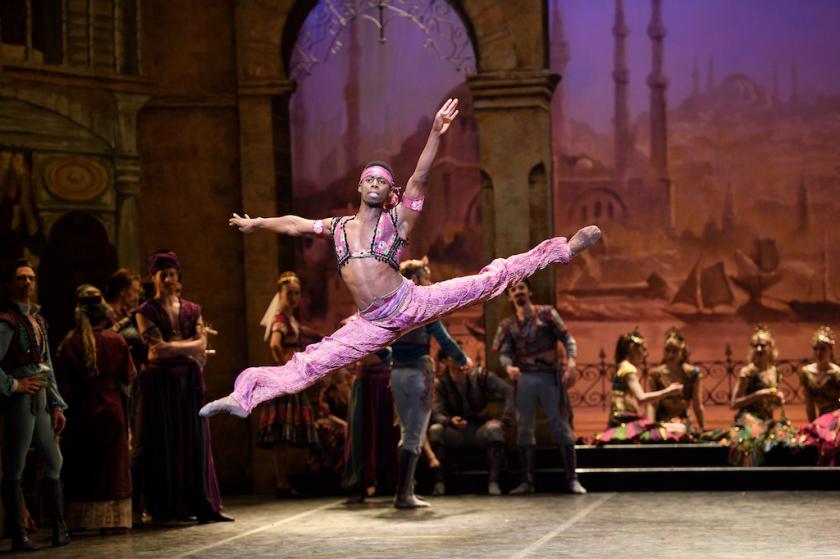


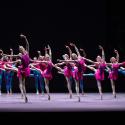

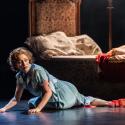


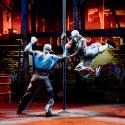



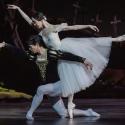
Add comment